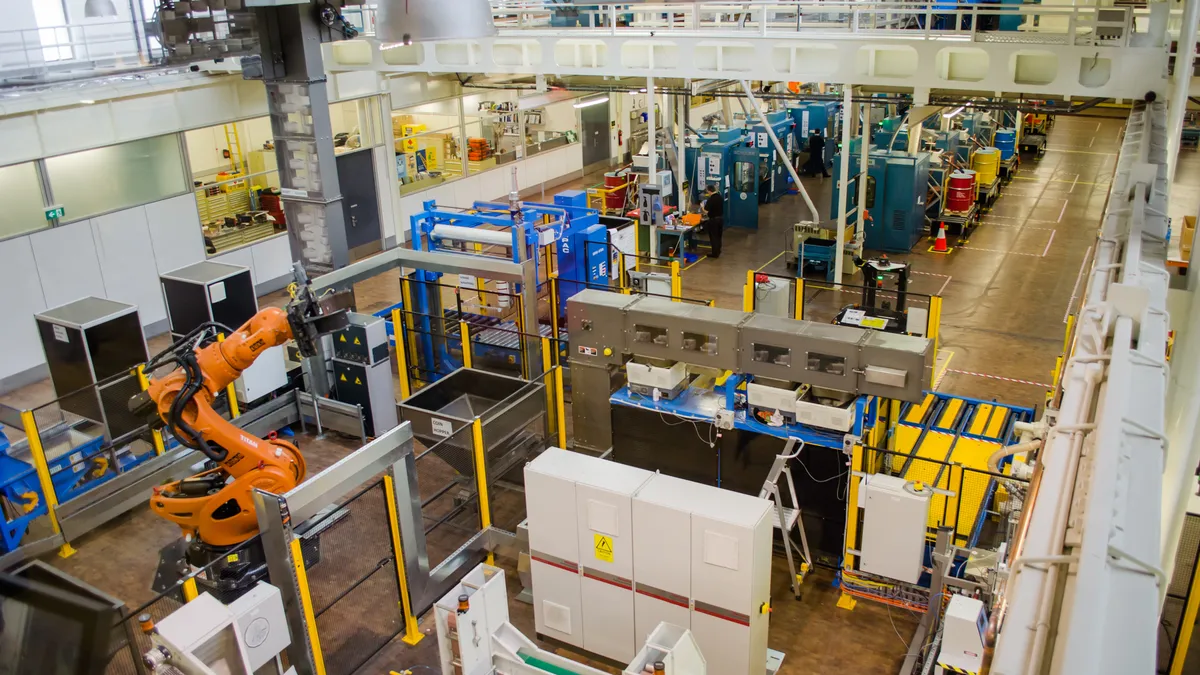Many years ago, I was taking my daily walk through the material receiving area when Bobby, the head receiver at my tech company, started yelling at me.
"Hey pal, looks like you goofed up the purchase order numbers," sneered Bobby, who loved to catch others in mistakes.
Once I looked at the package, I saw it was a drop shipment directly from a manufacturer. I had recently placed an order with an industrial distributor, who in turn placed an order with the manufacturer, and the product was shipped directly to me.
Bobby gleefully thought he had caught me in a blunder, but he hadn’t. I explained the relationship between the distributor and the factory, and he grudgingly accepted my explanation as he stamped "received" on the packing slip.
I theorized the drop shipment was an effort to save time. But ultimately, it was the start of a trend that would minimize, and even ostracize, the role of the distributor in the industrial supply chain.
Industrial distributors were caught in a squeeze as the channels began to change.

Manufacturers traditionally made large batches of products and pushed that inventory into distribution channels where customers like me could purchase what we needed. The manufacturers would not accept orders directly from most customers, referring them to their network of authorized distributors.
A large portion of my purchases were from distributors, based on my relatively small lot sizes, existing channel agreements between manufacturers and distributors, and the distributor acting as my source of inventory management and technical service.
It was a traditional model that seemed to work well.
Until it didn’t.
Industrial distributors, a normal inventory buffer, tried to reduce their inventories as a cost savings measure and stopped stocking full product lines from manufacturers. Many of the distributors I worked with were happy to stock specific items I needed but wanted a financial commitment to keep them on their shelves. Most orders became drop shipments — and I was paying a healthy margin.
Around the same time, buyers looked for cost savings in all aspects of procurement, and manufacturers began to lean out their processes, producing smaller lot sizes with aggressive pricing and reasonable lead times. Many manufactures actively worked to book business directly from a broader range of customers like me. Some began to eliminate their distributors as they streamlined their supply chain and tried to gain stronger relationships with end users.
Industrial distributors were caught in a squeeze as the channels began to change. Some distributors tried to maintain relevance by instituting vendor managed inventory programs. Others offered increased engineering and technical services.
I was happy to take my business directly to the manufacturer when it made the most sense. But not always. If I could create a balanced relationship with a distributor and a manufacturer, where I could get the cost advantage of going direct to the manufacturer with local support and inventory with a distributor, I often did so. Those often were the result of complex negotiations and strong relationships.
But the COVID-19 pandemic might just put industrial distributors back in the game as a mainstream supplier.
Broken supply chains, wrecked forecasts, empty shelves and economic uncertainty should allow industrial distributors to once again provide service to their customers. Manufacturers may also look to their industrial distribution network as an opportunity to satisfy more customers and rebuild their market share.
[Distributors can] create a layer of supply chain confidence by reducing risk and acting as a conduit to their manufacturing counterparts.

In addition to increased inventory, distributors can increase their value-added services by managing onsite material stocking programs and other creative contractual inventory management efforts. They can also provide insight into alternative products should existing ones be unavailable, add engineering support, work with outsourcing suppliers and create a layer of supply chain confidence by reducing risk and acting as a conduit to their manufacturing counterparts.
The contractual relationship distributors have with their principals is a powerful tool that could help the buyer in an era of shortages and allocations. However, a renewed reliance on industrial distributors should not replace strong relationships built in the meantime with their principals but compliment them. It is important to build supplier relationships with both, ensuring continuity of supply, cost management and factory based technical support.
Industrial distributors have a strong role to play during the ramp up if they choose to accept the challenge. It could be their last chance to show their value.






















